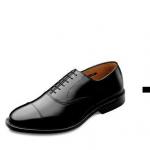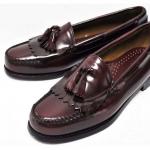How to choose quality shoes?
Poor-quality shoes or boots that don't fit well and that press when walking lead to blisters and deformities of the feet. The main piece of advice on how to choose quality shoes concerns avoiding beautiful and uncomfortable pairs. You are buying shoes, not a vase, so comfort should come first. And after that, aesthetics.
It is better to shop in specialized shoe stores of well-known brands. Here you will not be looked at suspiciously if you stare at the last of your boot for more than 5 minutes, and they will not dissuade you from bending the sole. Why? Consultants know their range will stand the test of strength.
· Sample is required. Before choosing high-quality shoes, try them on. Walk around the gym and make sure that the pair fits the size: snugly fits the leg, but does not press.
· Everything should be natural. Upper, lining, insole. Ideal materials are leather and suede. They absorb moisture and protect the skin from irritation.
· Casual shoes are comfortable shoes. Nothing will distract you in the office and on the subway during rush hour, if you prefer a stable heel or a solid sole to high stilettos. The optimal lifting height is 2–4 cm.
· Orthopedic insoles. Arch support in shoes will save the foot from deformation and relieve stress. Since you care about your health, choose shoes with orthopedic insoles, it is they who are considered to be of high quality.
Lacquer, nubuck, suede, leather - let's talk about materials
For any season, the best material is genuine leather. It does not block access to oxygen and does not interfere with natural heat transfer. The foot feels comfortable and does not sweat.
The skin can be smooth and patent, as well as with a pile. The latter type includes natural suede, velor, nubuck. Patent leather shoes do not allow air to pass through, so they are not suitable for summer. Another drawback of glossy leather is susceptibility to mechanical damage and temperature changes (it cracks when the thermometer drops to -10 and rises above +25 degrees). Since we choose high-quality shoes for a certain season, these points should be taken into account.
Capricious and suede. It treats scratches and scuffs easier, but removing dust and dirt is difficult, even when using a special rubber brush. Nubuck and velor also greasy and wear out over time, but better resist moisture. To prevent your nubuck boots and boots from getting wet, treat them with a moisture repellent before going out.
Choosing shoes for the season
Summer
For summer, you should not choose patent leather shoes, as they do not allow air to pass through well - this does not mean that the shoes are of less quality, this is logical for your comfort. Gloss is best left for publication. For weekdays, open sandals (female version), moccasins and brogues (male) made of genuine leather or textiles are appropriate.
Spring-autumn
Boots and boots for the off-season should not let water through. This means that if zippers are provided in them, the latter ideally reach the sole. Speaking of soles. The thicker it is, the better - this is the only way you will find yourself above the puddles, and not in them. Make sure there are a few millimeters between the boot and the foot. These are not sandals or sandals to be worn on bare feet.
Winter
How to choose high-quality winter shoes? Here, as in the case of the spring-autumn season, the sole is important. It should be thick (at least 1.5–2 cm) and ribbed. The relief on the tread prevents slipping, which means injury on ice.
The next step is the lining. Boots and boots with natural sheep fur or zigeyka will protect against colds and flu. Remember the rule to keep your feet warm?
We look for defects and reject poor quality
· Smooth/rough inner surface. Seams and joints are flat. Nails and fasteners are not felt through the insoles. Otherwise, you have a marriage that will rub your feet.
· Rolled/open edges. If the heel is sewn in one piece, it is genuine leather. Since choosing quality shoes is your task, discard a product in which the seams are carefully hidden. Manufacturers disguise leatherette for accuracy.
· Flexible/solid outsole. The sole of the right shoes, shoes and boots is flexible. It should bend easily and not crack. The exception is models on wedges and platforms.
· Correct/incorrect heel. If you put a pair on a flat surface, it is stable. The sock, turned up 1.5–2 cm up, compensates for the rise. The heel is located under the heel and does not move back when you press the insole. The absence of at least one feature does not speak in favor of the estimated pair.
· Straight/irregular seams. Since when choosing high-quality shoes, you rate them on a number of parameters, do not forget about the line. It should be straight, without defects, with a stitch length of 2-3 mm. If the stitch is less than 2 mm, the effect of perforation is triggered when worn, which threatens the divergence of the boot at the seams.
We have given a solid list of parameters by which products are evaluated. We hope they will be useful to you when you decide to buy winter boots or shoes for going out.
Sports boots
What winter shoes do athletes choose? Of course, sports. The answer is obvious. In addition, boots of this type are optimally suited for everyday style. Modern technologies, synthetic compounds that make boots light and warm at the same time - these are the main advantages of living in sport style.
Overview of women's winter models
Warm and practical, yet fashionable - new items for the winter of 2016-2017 meet these criteria.
Practical boots
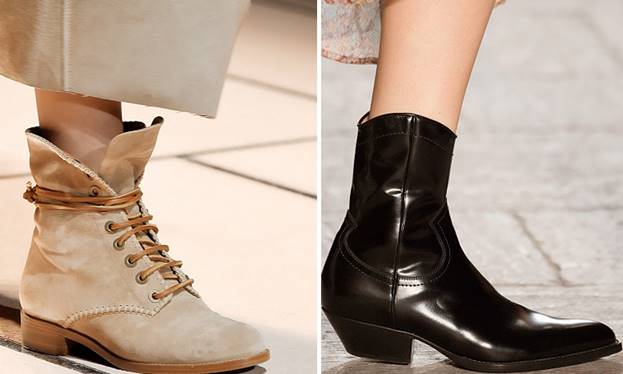
Insulated waterproof women's boots with thick soles are a must-have for the Russian winter. They cover the ankle to keep out the snow and are paired with wide flat heels. You can wear shoes with leggings and skinny jeans in an ensemble with an elongated sweater and a matching scarf. For outerwear, the best option is a parka.
Classic boots
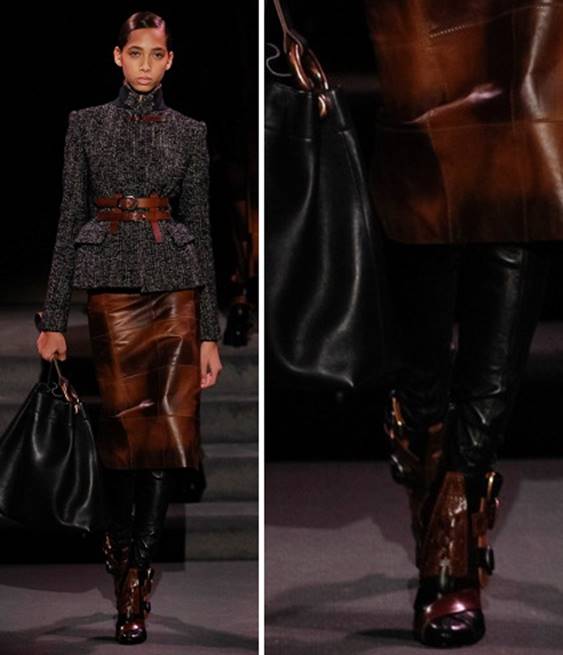
How to choose winter shoes that will go with a skirt + jacket or dress set? Opt for boots. This season, models with wide straight tops are relevant. Heel - low or its complete absence. In fashion collections, the ratio is 50 to 50.
You can combine boots with pencil skirts and other models of a classic cut. Dark dresses above the knee and plain coats look good. It is better to prefer leggings to match the jeans, which will visually lengthen the legs.
Fashion sneakers
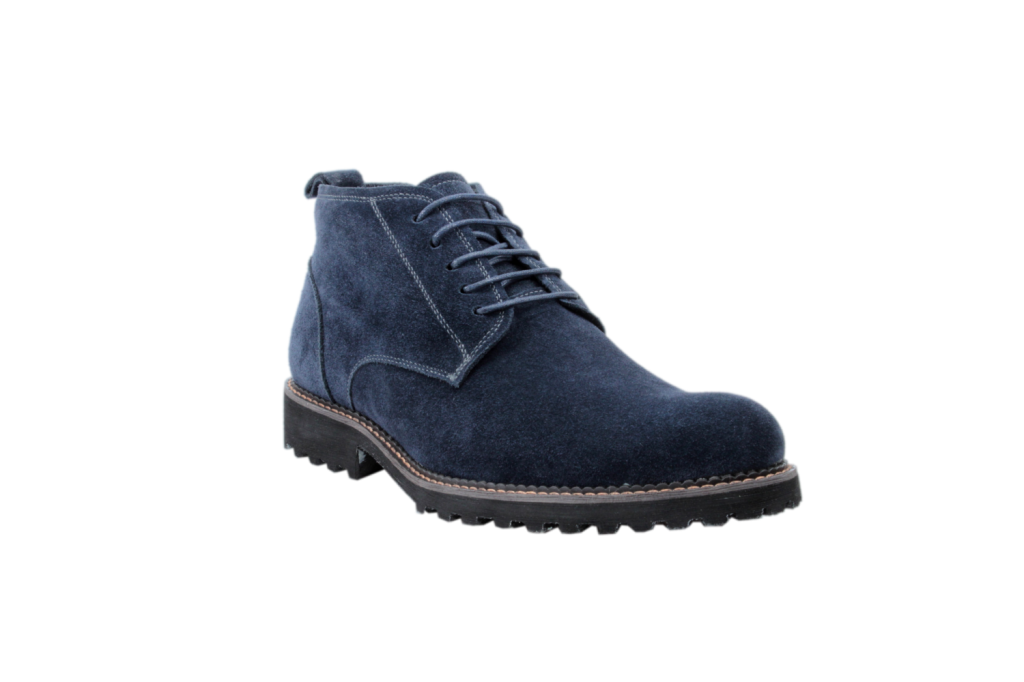
A fashionable novelty of recent seasons is sporty chic. So active ladies can safely choose sneakers. In winter, they are combined with absolutely everything that goes beyond the office dress code. This includes jeans, leggings, maxi skirts. In the latter case, you will get a grunge look. The ideal outerwear is a sports jacket, parka or oversized coat.
We hope that our tips will help you find the perfect pair for every occasion, whether it's a regular work day, a friendly one.

